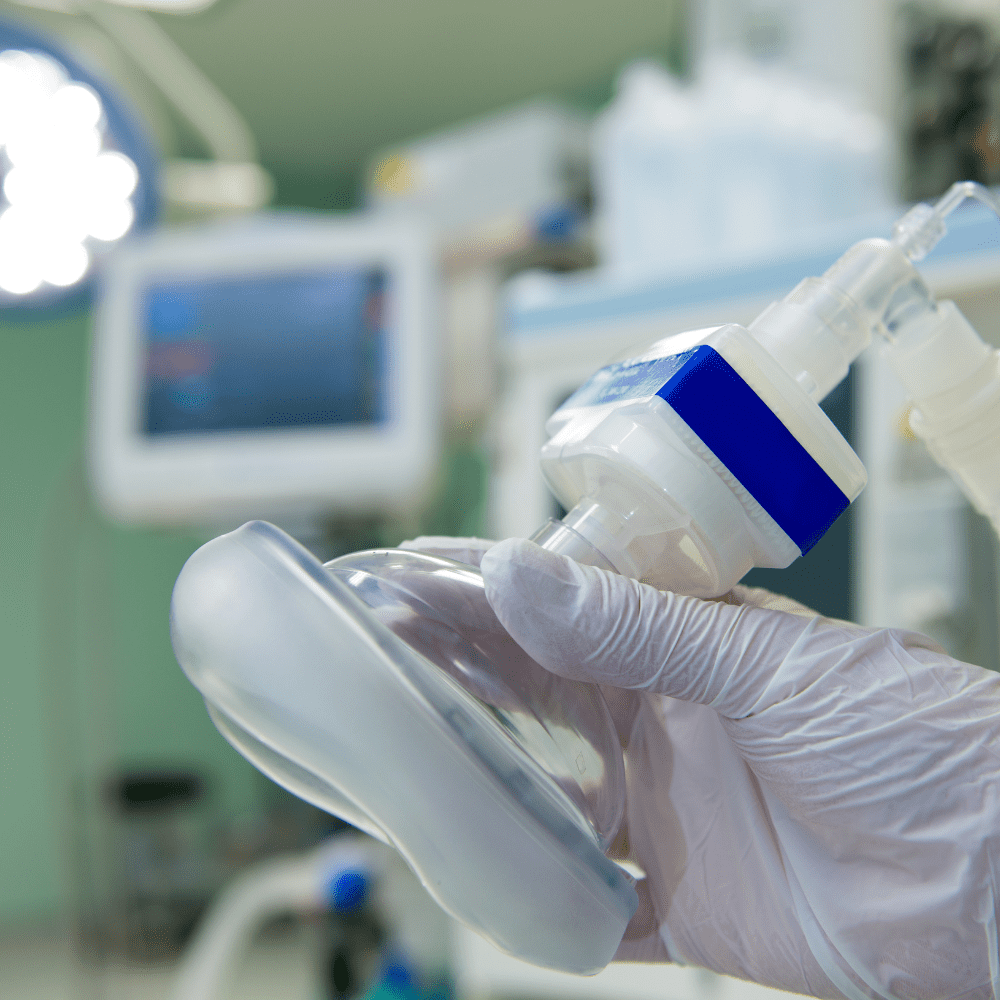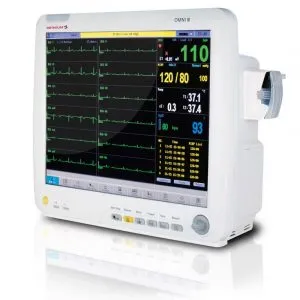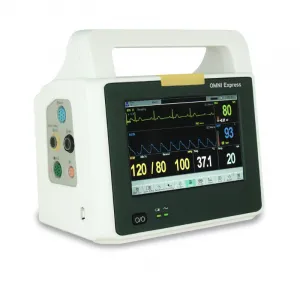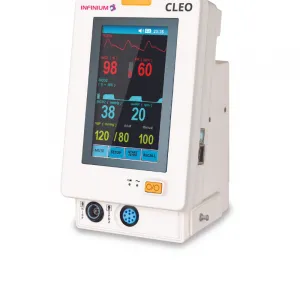Anesthesia monitoring in the operating room utilizes high-acuity monitors to help keep patients safe during surgery. They play an important role in ensuring that patients receive and react correctly to anesthetic agents and complications that come from surgery. They also monitor a variety of patient parameters such as heart rate, blood pressure, EtCO2 levels, and more. In this post, we will take a closer look at what makes anesthesia monitors unique and how they are used in conjunction with anesthesia machines to provide optimum safety for patients undergoing surgery.
What is an Anesthesia Monitor and What Does It Do?
Anesthesia monitors come in a variety of different models, but all offer some level of advanced features that help to ensure patient safety. Key features advanced features that anesthesia monitors often include are 5-agent analysis, EtCO2, invasive blood pressure, Bis EEG, and cardiac output.
What Makes Anesthesia Monitors Unique?
There are several things that make anesthesia monitors unique. First, they are specifically designed to work with anesthesia machines in order to provide optimum safety for patients undergoing surgery. They offer a variety of advanced features that help to monitor various patient parameters during surgery. Additionally, they are constantly updated with new technology that helps to improve patient safety. For example, many models include 5-agent analysis which helps to detect any potential problems with the five main agents used in general anesthesia.
Compatibility with Popular Anesthesia Machines
Drager & GE hold the most market share of anesthesia machines in use in operating rooms around the globe. There are many other great options for machines and equipment but many facilities will have one of these main brands. Be sure that your monitor can connect with the machine(s) you are currently using in terms of accessories, connectors, and adaptors. They don’t have to be matching brands, but they do need to be able to connect. Be sure to provide the type of anesthesia machine and connectors you use to the company your purchase your monitors from. Your representative can confirm compatibility.
EtCO2 Monitoring and Anesthesia
EtCO2 machines are another important part of anesthesiology monitoring. They measure exhaled carbon dioxide levels and can be used to help adjust the level of anesthesia being delivered to the patient. In addition, they can also be used to help diagnose certain medical conditions such as respiratory acidosis or alkalosis. This measurement reacts quickly to how well a patient is breathing and is an early indicator of problems during surgery. EtCO2 is often used as a stand-alone measure in lite or moderate sedation and with other advanced parameters under general anesthesia.
Invasive Blood Pressure and Anesthesia Procedures
Another important type of parameter feature used during surgery is invasive blood pressure. This feature uses a special probe that is inserted into the patient’s artery and provides a direct measure of the patient’s blood pressure. It is a more accurate, and faster method than NIBP and is recommended during surgery. Quickly deteriorating BP readings are a critical indication of adjustments to care during surgery.
Cardiac Output
Cardiac output monitors are another parameter that is often used during surgery. This measures the amount of blood being pumped by the heart and can be used to help adjust the level of anesthesia being delivered to the patient. Additionally, they can also be used to help diagnose certain medical conditions such as cardiac arrhythmias.
All of these advanced features found on anesthesia monitors help to improve patient safety during surgery. They are constantly being updated with new technology in order to provide the best possible care for patients undergoing surgery.
Anesthesia monitors are a vital part of the anesthesia machine and offer many advanced features to help improve patient safety.
The Benefits of Using Anesthesia Monitors
Anesthesia monitors are a vital part of the anesthesia machine and offer many advanced features to help improve patient safety. By using anesthesia monitors, doctors can ensure that patients are properly anesthetized and monitored throughout the surgery. This helps to improve patient safety and can help to prevent any major complications from occurring.
Additionally, anesthesia monitors can also help to diagnose certain medical conditions. For example, EtCO2 machines can be used to diagnose respiratory acidosis or alkalosis. Cardiac output monitors can be used to diagnose cardiac arrhythmias. And, invasive blood pressure monitors can be used to diagnose hypertension or hypotension.
All of these features work together to create a safe and effective environment for surgery. Anesthesia monitors are constantly being updated with new technology in order to provide the best possible care for patients undergoing surgery. If you are considering having surgery, be sure to ask your doctor about the type of anesthesia monitor that will be used during your procedure.
How to Choose the Right Anesthesia Monitor for Your Needs
When choosing an anesthesia monitor, it is important to consider the specific needs of your surgery. There are a variety of different monitors available, each with its own set of features. It is important to select a monitor that will provide the most comprehensive care for your surgery.
One factor to consider when choosing an anesthesia monitor is the type of surgical procedures being performed and the types of anesthesia being utilized. In addition to lite and moderate sedation for more basic and outpatient procedures, there are a number of common anesthesia agent gas types used under general anesthesia. Make sure your monitor will work with the types of surgery and anesthesia you will be typically providing.
Another factor to consider is the amount of information you need during your surgery. Some monitors, such as cardiac output monitors, provide a great deal of information that can be used to help adjust the level of anesthesia being delivered to the patient. Other monitors, such as invasive blood pressure monitors, provide more limited information. It is important to select a monitor that provides the information you need during your surgery.
Finally, it is important to select a monitor that is compatible with your anesthesia machine. There are a variety of different monitors available, and not all are compatible with every machine. Make sure to select a monitor that is compatible with your anesthesia machine so that you can take full advantage of its features.
Tips for Using Anesthesia Monitors Safely and Effectively
When using an anesthesia monitor, it is important to follow the safety guidelines established by the manufacturer. Here are a few tips for using anesthesia monitors safely and effectively:
- Read the manufacturer’s instructions carefully before using the monitor.
- Make sure that the monitor is properly calibrated and functioning correctly.
- Follow the recommended guidelines for use of the monitor.
- Use only authorized parts and accessories with the monitor.
- Keep the monitor clean and free of debris.
- Store the monitor in a safe place when not in use.




